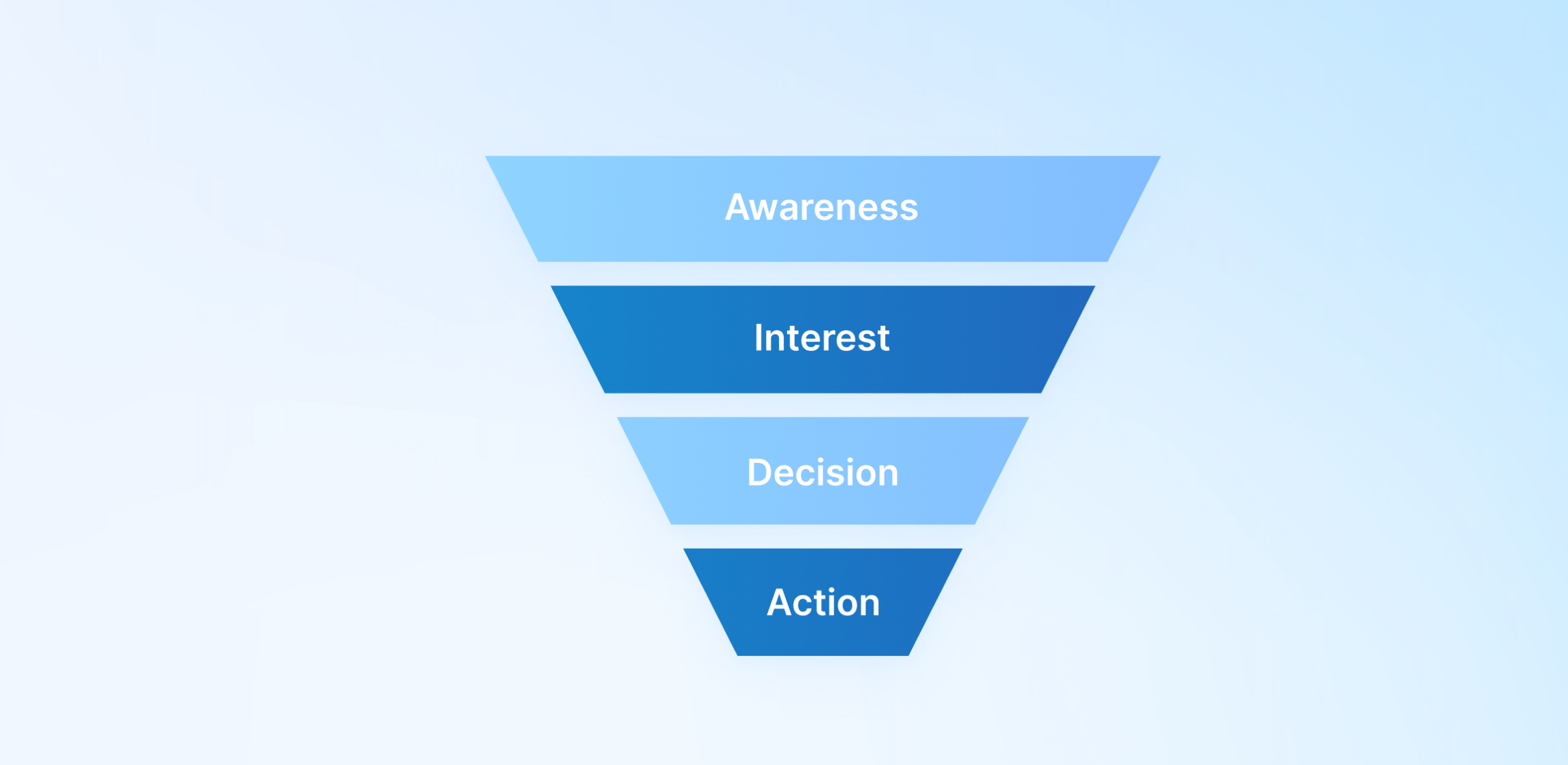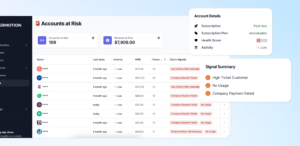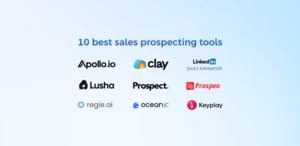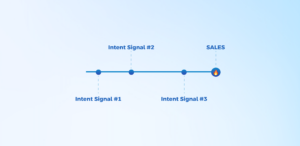I cannot count how many sales funnels that are shared online for businesses that need to improve their sales processes and customer journeys. Many different versions, styles and articles… I want to share the most simple and actionable sales funnel that you can create right away.
According to our talks and discussions with +50 SaaS sales teams and also +100 founders from the founder-led companies, 54% of the companies doesn’t have a well-designed sales funnel.
They still highly rely on direct sales methods, missing stages and trying to convert unqualified leads, too. Because they fall in love with the last stage (action), not the journey itself.
What is Sales Funnel?
A sales funnel is a visual representation of the customer journey, illustrated in the shape of a funnel, showing the process customers go through as they interact with your business, leading up to purchase.
Salesforce also explains this concept as, “A sales funnel is a marketing term used to capture and describe the journey that potential customers go through, from prospecting to purchase.
A simple sales funnel consists of 4 stages, Awareness, Interest, Decision and Action. Each stage represents the degree of engagement a user has with a product. A strategically designed sales funnel enhances the likelihood of converting a user into a customer. In contrast, a poorly designed funnel may lead to user drop-off and potential customer loss.
Why Sales Funnel is Important?
A sales funnel is like a path that helps businesses understand how a customer decides to buy something. It’s like a filter that starts with a lot of potential buyers and ends up with a few who actually buy.
Let’s consider a SaaS sales funnel for a B2B SaaS business. Someone signs up for a free trial. This sign-up shows they might be a good match for the product. Next, the business shows them why the product is useful and perfect for their needs. During the trial, the business figures out if this person is likely to buy. They help by answering questions and showing how the product solves problems. In the end, the goal is to make them see the value so much that they decide to buy and become a paying customer.
So, the most important outcome of this strategy is to be able to eliminate right leads, increase their interest, help them make a decision and close it best way possible.
What Are the Benefits of Sales Funnel?
- Generating Right Leads: The sales funnel is great for finding the right people who might be interested in what the business offers.
- Nurturing Users: The funnel doesn’t just find and sort people; it also helps keep them interested. This could be through emails, social media, or even special offers.
- Focusing Efforts: Not everyone interested will actually buy. It helps focus on the right people – those most likely to buy, and filters out those who aren’t.
- Making Customers: The end goal is to turn these interested people into customers who actually buy something.
- Knowing How to Close a Deal: As people move through the funnel, the business learns the best ways to convince them to buy. It’s like learning the right things to say or offer to make that final sale happen.
- Getting More People: Happy customers might tell their friends, bringing even more people.
- Keeping Track: The funnel lets a business see what’s working and what’s not, so they can make it even better.
- Messages That Matter: A sales funnel helps businesses understand what customers are thinking and feeling as they decide whether to buy something. It’s like knowing the right thing to say at the right time.
- Sales and Marketing Alignment: Sometimes, a customer has questions but it’s too early for them to talk to a salesperson. A sales funnel lets the marketing team give answers and information through ads, emails, or social media. This way, customers get their questions answered without needing a salesperson just yet.
What Are the 4 Stages in Sales Funnel?
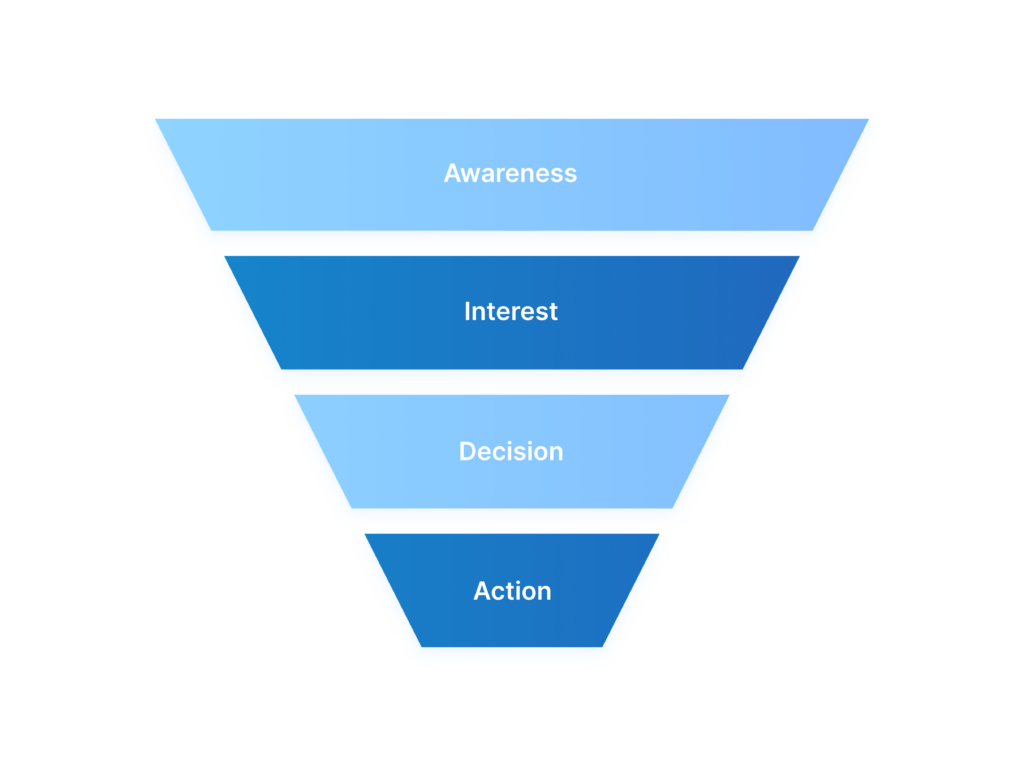
Awareness
Awareness is the very top of the sales funnel and the most crowded stage in terms of the number of leads. They are identified as potential customers that has become aware of you, but not qualified as ready to buy. It means that they’ve realized they have a problem and start looking for solutions, becoming aware of your product.
🔑 Examples of things you can do:
- ICP for better targeting.
- SEO strategies to improve visibility in search results.
- Social media marketing to reach a wider audience.
- Content marketing with informative blog posts, articles, benchmarks, videos and infographics.
- Targeted email campaigns to introduce your product or service.
- Online ads on relevant platforms to attract attention.
Interest
At this stage, the number of potential customers start to decrease, but their interest in your product increases. They think about the problem they’re trying to solve so they engage more directly with your company, seeking detailed information and comparing your product with others.
🔑 Examples of things you can do:
- Detailed product information and FAQs on your website.
- Well-designed onboarding to make users get value ASAP.
- Lead qualification for prioritize leads more likely to interest.
- Segment your leads for personalized engagement strategies.
- Live demo or webinars to showcase your product.
- Responsive customer service to answer questions fast.
- Comparison charts or videos to differentiate your product from competitors.
- Encourage customers to sign up for more information or newsletters.
Decision
At this stage, the customer’s interest is heightened, and they reach out with specific questions. They consider sales offers and delve deeper into the pricing and features of your product.
🔑 Examples of things you can do:
- Personalized emails or messages based on customer behavior.
- Case studies or customer testimonials to build trust.
- Q&A sessions or consultations to address specific customer queries.
- Targeted landing pages that address specific customer needs.
- Time-bound discounts or special offers to pull potential customers.
Action
This is the final decision-making stage. The customer decides whether to purchase your product or not.
🔑 Examples of things you can do:
- Purchasing process with a user-friendly checkout system.
- Multiple payment options to accommodate different preferences.
- Clear and comprehensive after-sales support information.
- Follow ups with thank-you emails and post-purchase satisfaction surveys.
- Referral program to encourage word-of-mouth promotion.
- Cost calculators to make users realize what they gain.
Different Sales Funnels
A sales funnel can also be pictured as 5, 6, or even 7 stages depending on the specific sales strategy of a business. All of them are correct; not one is better than the other.
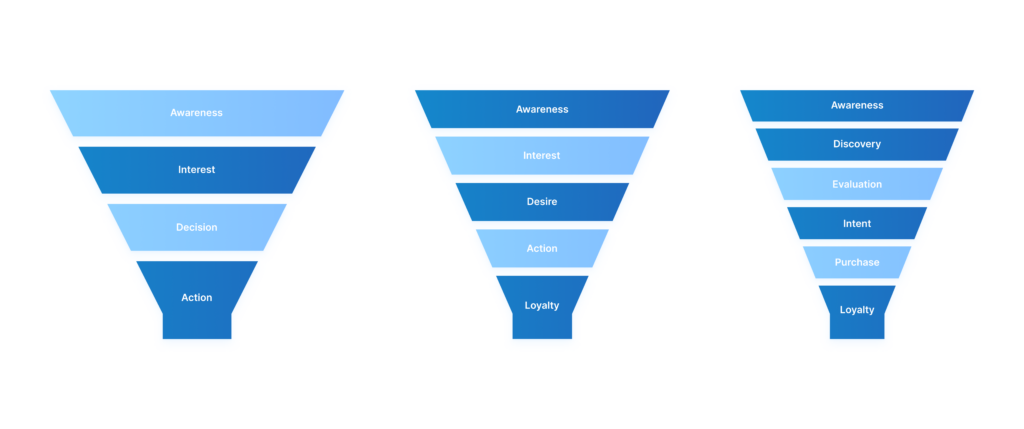
5 Stage Sales Funnel
- Awareness: Customers learn about your product.
- Interest: They consider your offering.
- Desire: Their interest evolves into a desire for your product.
- Action: They decide to purchase.
- Loyalty: Post-purchase, customers become loyal and potentially advocate for the brand.
6 Stage Sales Funnel
- Awareness: Customers are introduced to your business.
- Discovery: They discover what you offer and its potential to meet their needs.
- Evaluation: They evaluate and compare your offering against others.
- Intent: They show a clear intention to buy from you.
- Purchase: They make a payment and become a customer.
- Loyalty: They form a lasting relationship with your brand, leading to repeat business.
How to Choose One?
The reason why you choose a specific sales funnel can only be because of your business needs or sales team’s strategy.
At the end of the day, each of these funnels serves the same purpose. And even a 4-stage sales funnel actually includes all actions a 6-stage funnel has. It is only about the representation of your strategy.
You can even name the stages differently, but what matters most is understanding the journey your customer goes through.
“So much of the funnel depends on the buyer’s awareness stage.”
So, essentially, when choosing the stages of your sales funnel, consider what makes sense for your customer interactions and sales process. For example, if your product requires a significant commitment or learning curve, especially in B2B sales funnel, you may need additional stages to build trust and educate your customers, such as:
- Nurture: Between ‘Interest’ and ‘Decision,’ where you provide more information and support to your prospects.
- Follow-Up: After ‘Action,’ to ensure customer satisfaction and encourage repeat business.
How to Implement a Sales Funnel into Your Business?
It’s not just about the steps of the funnel; it’s about what we do in those steps to help people move forward in their journey.
| Funnel Stage | Strategy | What to Do |
|---|---|---|
| Awareness | Lead Generation and Value Awareness | – Identify your target audience – Create engaging content that highlights your value proposition – Lead magnet tools |
| Interest | Lead Qualification and Segmentation | – Implement lead scoring to determine lead quality – Identify decision makers. – Segment leads based on behavior, demographics, and engagement |
| Decision | Nurture and Engage | – Understand specific user needs – Behavioral analytics – Show what you got (product-led or sales-led) |
| Action | Self Close or Assisted Close | – Sales-assist strategy – Self-service strategy – Contracts & Negotiations |
You should understand first if you are doing rights things for the success of each stage. If your lead generation is well-build but you lack of qualifying the leads you acquired, then the funnel seems working badly.
1. Identify Your Target Audience
In order to effectively start filling out a sales funnel and understand the actions needed at each stage, it’s important to consider the perspective of your ideal customers and the nature of your business.
- Analyze traits and preferences of existing customers.
- Define your Ideal Customer Profile using data like age, location, interests.
- Make your marketing and content speak directly to this group.
2. Build Strategies to Give Value
It’s important to show potential customers why your product is great. Do this by creating helpful content, like guides or free trials, that grab their attention and make them interested in what you offer.
- Use lead magnets, such as eBooks, courses or free tools to attract attention.
- Educate your audience with valuable content via blogs, emails, social media.
- Address specific problems and needs of your target audience.
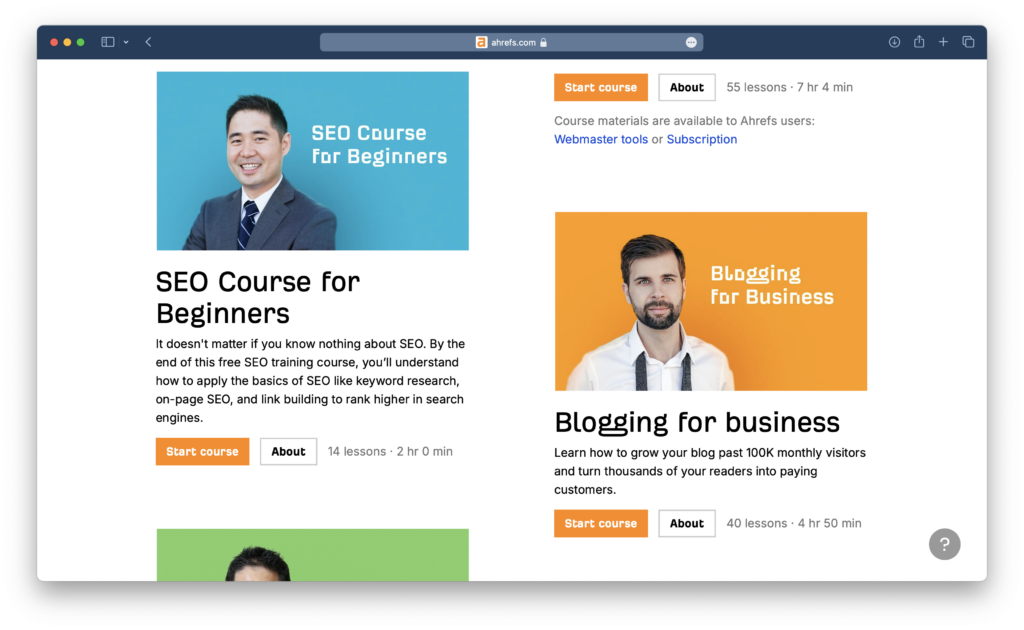
Ahrefs, for example, has a great way to draw people in called Ahrefs Academy. It’s a free online course that teaches about SEO and marketing. This is smart because while people learn for free, they also get to see how useful Ahrefs’ tools can be. It’s like giving a taste of what they offer, which makes people interested in using more of their services.
3. Implement Lead Scoring and Segmentation
Not all interested people are equally likely to buy. Score them based on how interested they seem and focus on the ones who are most likely to become customers.
- Prioritize leads based on customer fit and buying intent.
- Group leads by characteristics like behavior or demographics for personalized messaging.
- Focus more on leads with higher scores.
- Implement a PLG funnel for deeper and dedicated lead-qualification.
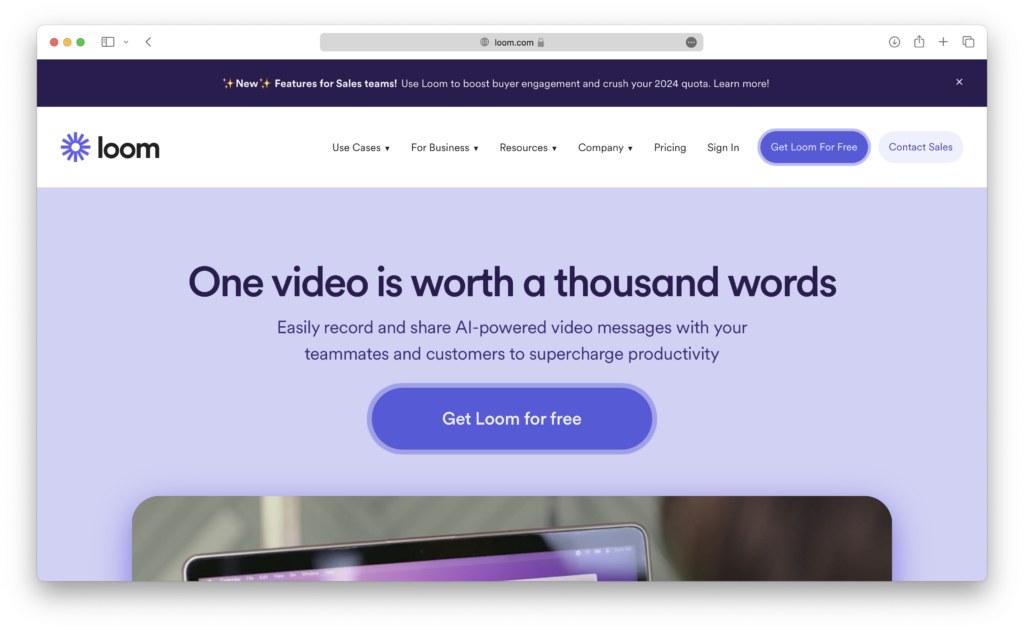
Loom, for example, found a smart way to improve their sales funnel. They started using all the information they had about how their customers used the product and matched it with their customer records. This helped them score each potential customer based on how they interacted with the product and other important factors. They paid special attention to actions that showed someone was more likely to buy, like using a key feature a lot.

Start prioritizing your high-potential leads today!
As a result, they got:
- Increased Efficiency: The sales team spent less time on less promising leads.
- Higher Conversion Rates: They saw a noticeable increase in the number of leads turning into customers.
- Better Use of Resources: Loom used their time and effort more effectively, leading to higher sales numbers.
(Credit to Case Study of Loom with Pocus)
4. Perform Behavioral Analysis
Watch how people interact with your product and content. This tells you what they’re interested in and helps you adjust your approach to fit their needs.
- Analyze interactions with your content and website.
- Use analytics tools to uncover interests and issues.
- Adjust marketing and sales strategies based on these insights.
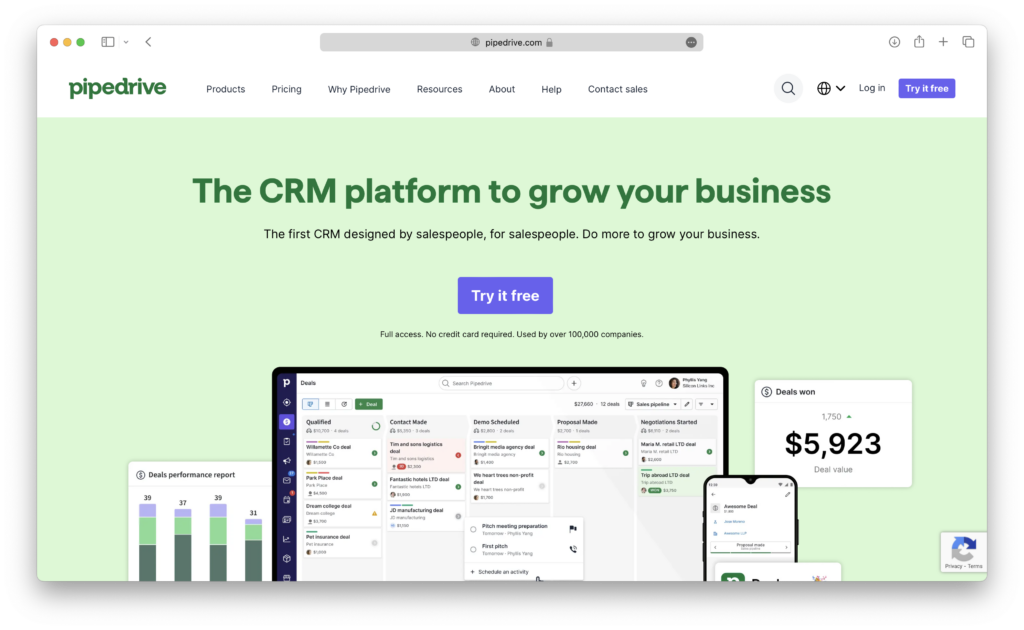
Pipedrive, a CRM platform used by a wide range of companies, faced a challenge in efficiently managing the high volume of signups they received each month. They needed to identify which leads had the potential to purchase larger account sizes, specifically those interested in buying 20 or more seats.
Looking to understand which leads would buy more, they connected their CRM to a behavior analytics tool. This tool didn’t just rely on what leads said about their team size; instead, it analyzed their actions to predict who’d likely buy more seats. Surprisingly, many leads with smaller teams were actually interested in larger purchases.
With this new understanding, Pipedrive could send leads to the right sales process, whether that was doing it themselves, a quick sales call, or a more detailed sales approach. They also adjusted how they talked to each lead, based on what the tool suggested.
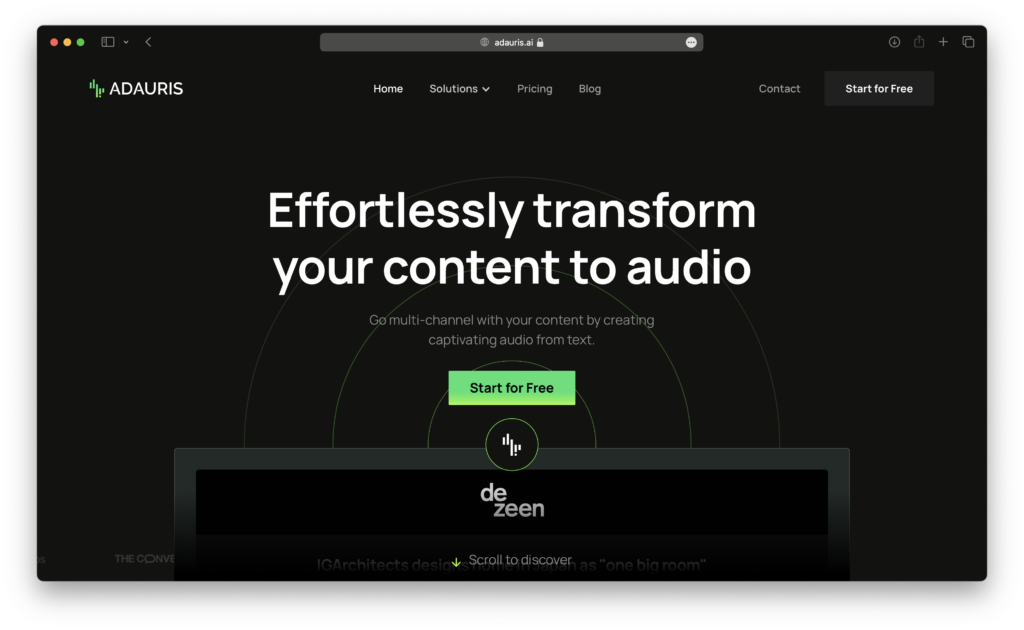
Another example, Adauris, an audio AI company, used PostHog for behavioral analysis. They integrated PostHog into their platform to:
- Monitor performance and track errors.
- Understand customer experiences and sentiment.
- Tailor onboarding based on user needs.
- Run experiments and make improvements.
As a result, they improved product usage by over 500% and improved their sales funnel.
(Credit to Adauris Case Study with PostHog)
5. Nurture your High-Potential Leads
Keep the conversation going with people who show interest. Give them more information and help to build trust and move them closer to buying.
- Regularly engage with leads through emails, messages, follow-ups or even social media engagements.
- Solve their specific problems with personalized information.
- Provide limited but effective product experience.
- Build a trusting relationship over time.
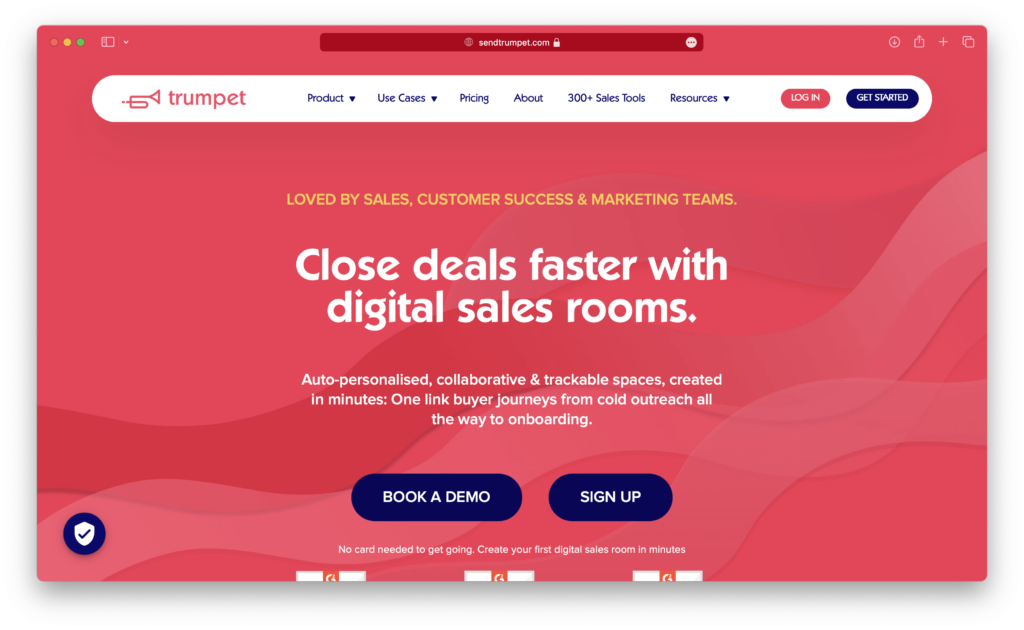
Trumpet used Intercom to nurture their customers more effectively. Here’s what they did and achieved:
- Made Onboarding Easier: They set up guided tours on their platform to help new users learn quickly.
- Kept Users Informed: They sent out messages and articles about new features and tips.
- Saved Time: With automated messages, they saved a lot of time that they used to spend teaching new users.
- Got Better Results: More people started opening their emails, and users were learning how to use the platform three times faster than before.
6. Create a Simple Close Process
Make it easy for people to buy from you. A simple buying process with clear prices, good support and cost comparison can turn a potential buyer into a customer.
- Simplify the buying process on your website.
- Offer clear information on pricing and multiple payment options.
- Provide excellent customer support throughout the buying journey.
- Cost comparison calculator to make users realize the real cost of your product and the real cost of doing the same thing through other ways or tools.
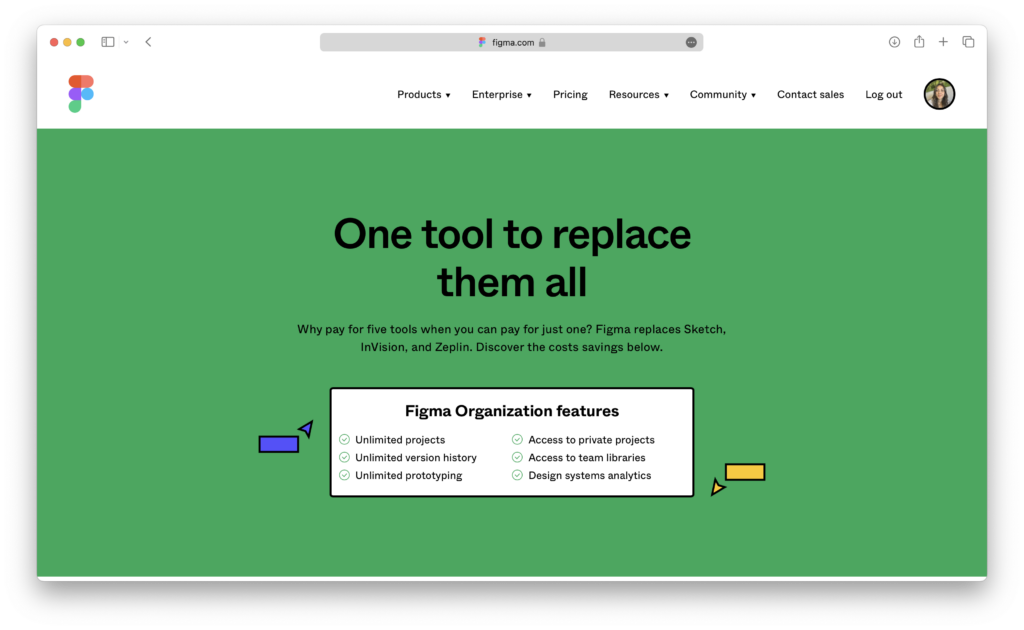
Figma’s cost comparison calculator helps users understand the real cost of their design tool compared to traditional design software. This transparency can persuade them to choose Figma for its cost-effectiveness.
It’s cost comparison calculator allows users to input the number of designers, their estimated hourly rate, and the expected project duration. It calculates the total cost of using Figma for that project and compares it to the cost of using traditional design software. Users can see the potential cost savings and value of using Figma as their design tool.
Ask “Why?” for Validating Your Sales Funnel Strategy
| Funnel Stage | Strategy | What to Do | What You Are Doing | “Why?” Examples | Why? |
|---|---|---|---|---|---|
| Awareness | Lead Generation and Value Awareness | – Identify your target audience – Create engaging content that highlights your value proposition – Lead magnet tools | Your turn | – Use targeted content marketing that speaks to a specific niche. Why? Because your audience is small and specialized, and you want to ensure that your message is reaching those who will find your product most relevant. | Your turn |
| Interest | Lead Qualification and Segmentation | – Implement lead scoring to determine lead quality – Identify decision makers. – Segment leads based on behavior, demographics, and engagement | Your turn | – Lead qualification is essential. Why? Your ideal customers are larger enterprises, so you need to filter leads based on various traits to ensure your sales team focuses on accounts with highest conversion potential. | Your turn |
| Decision | Nurture and Engage | – Understand specific user needs – Behavioral analytics – Show what you got (product-led or sales-led) | Your turn | – Offer advanced feature trials. Why? Allowing users to experience the full capabilities of your product can push them from being interested to making a decision to buy. | Your turn |
| Action | Self Close or Assisted Close | – Sales-assist strategy – Self-service strategy – Contracts & Negotiations | Your turn | – Self-service checkout process. Why? Because your customers expect a fast, barrier-free purchase experience. | Your turn |
Metrics for Tracking the Effectiveness
Sales funnels are not for “create and leave”. You should revise it based on real metrics and insights you gather after collecting enough data.
| Funnel Stage | Strategy | Metrics |
|---|---|---|
| Awareness | Lead Generation and Value Awareness | – Engagement Rate – Impressions & Reach – CTR – Traffic – Sign-ups |
| Interest | Lead Qualification and Segmentation | – Average Lead Scores – Visitor to Lead Conversion Rate – Onboarding Completion Rate |
| Decision | Nurture and Engage | – Behavioral Analytics – Usage Patterns – Survey Results |
| Action | Self Close or Assisted Close | – Conversion Rate – Customer Lifetime Value (CLV) Return on Investment (ROI) |
What if You Don’t Do These?
Well, if you do not work on each stage and best practices, you can get in return:
- Poor targeting
- Wasted time and effort on wrong resources
- Low brand value
- Wrong marketing models
- Wrong marketing channels
- Wasted time and effort on unqualified leads
- Wrong product offerings
- Low conversions
- Lost revenue
- Customer churn
Create a Simple Sales Funnel Right Now
It’s about understanding the mindset of the customer at each step and creating experiences that are relevant. With a simple and actionable approach, you ensure that every stage of your funnel is not just a concept but a strategic action.

